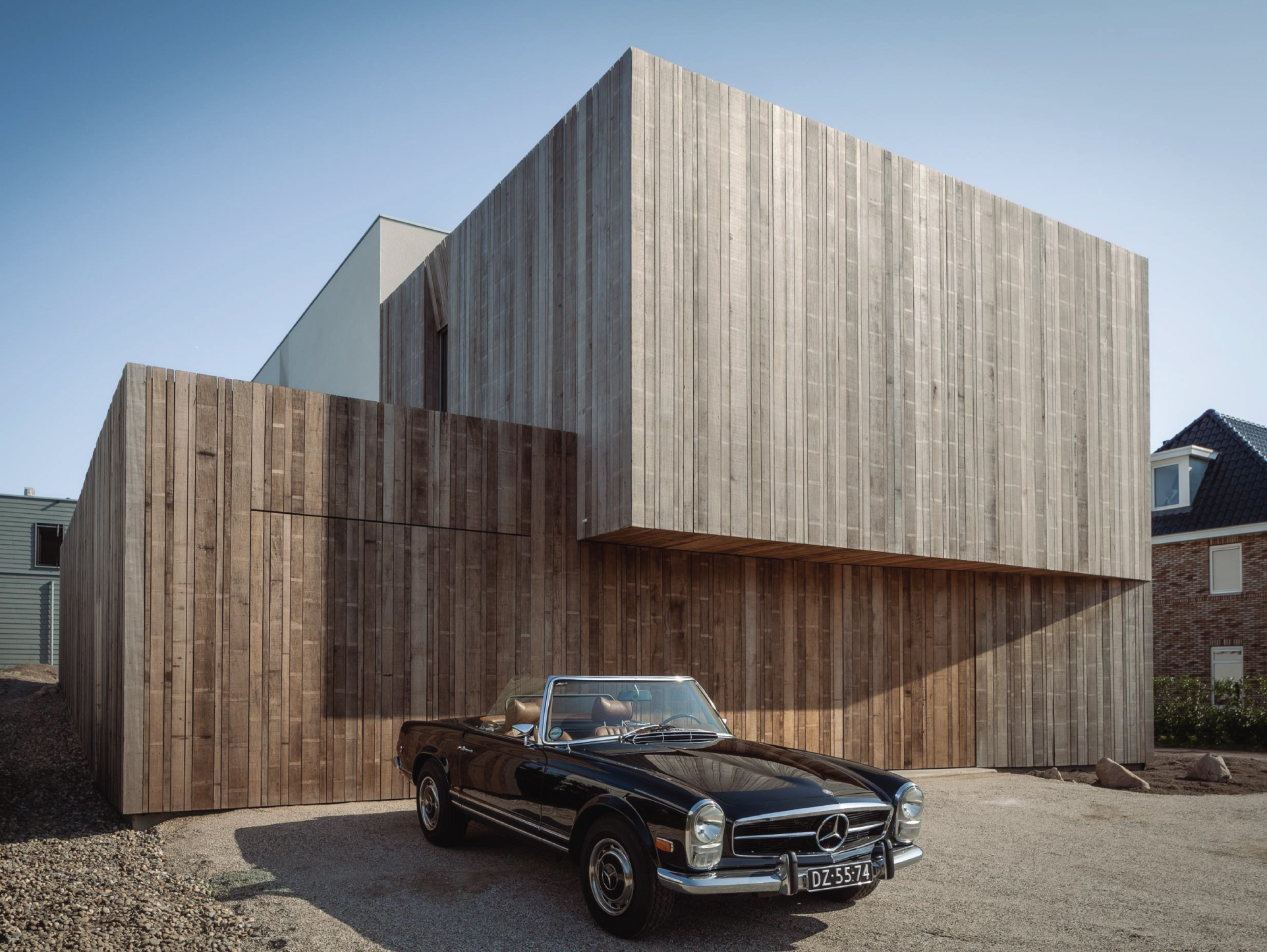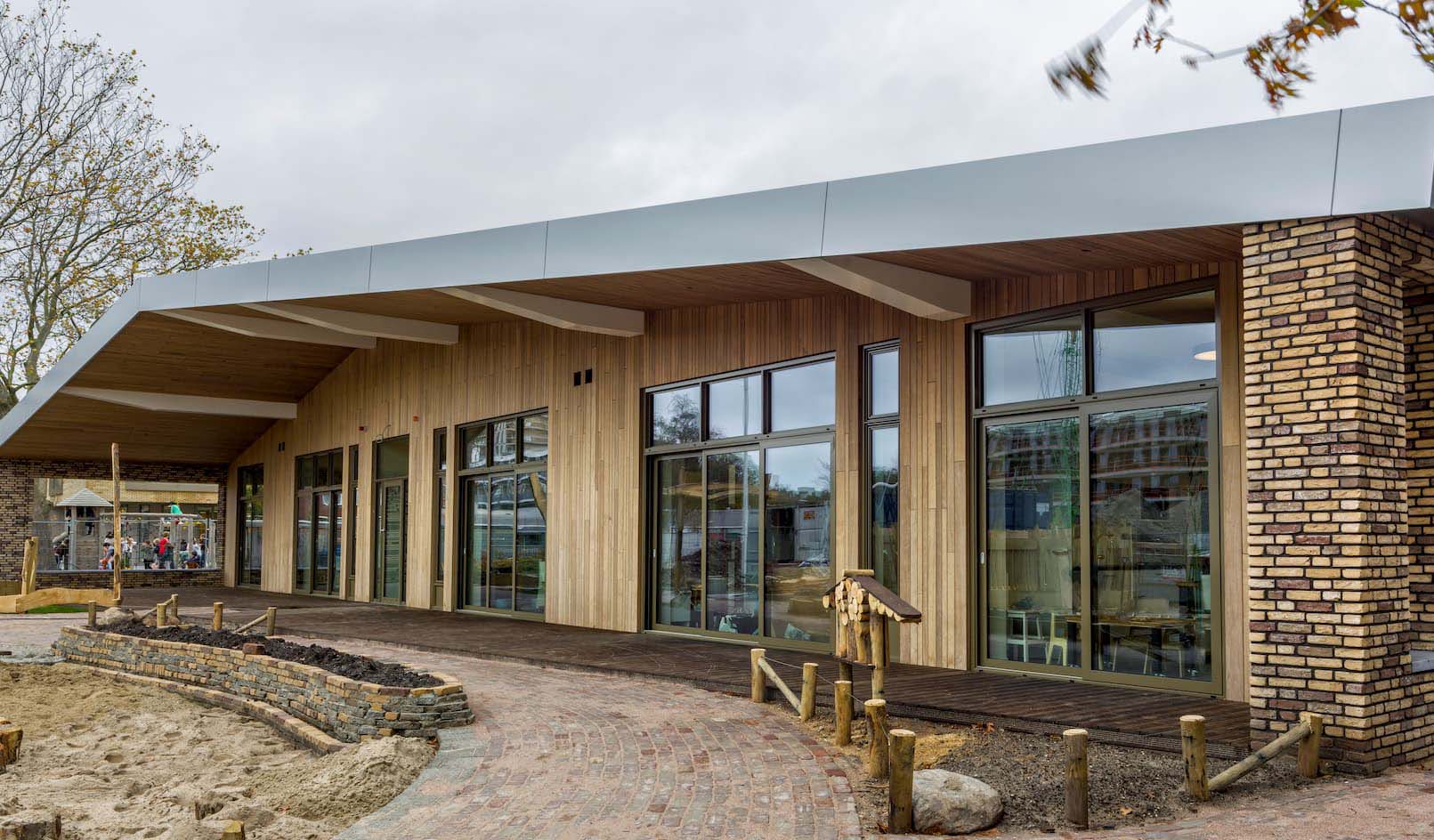Durability class of wood explained
In nature, we all have an enemy. So does wood. Fungi and bacteria attack wood and affect its durability. In practice, this means that the strength of wood decreases, and it doesn't last as long.
How well untreated wood resists fungi and bacteria is indicated by a durability class, which ranges from 1 to 5 and is established in NEN-EN-350. Wood with durability class 1 is very durable and has an expected lifespan of 25 years or more. Durability class 5 is given to non-durable wood that lasts up to 5 years.
The five categories with examples of the durability class of different types of wood:
| Class 1 | Lifespan of 25 years or longer | e.g. teak, ipé, Platowood |
| Class 2 | Lifespan 15-25 years | e.g. oak, bankirai |
| Class 3 | Lifespan 10-15 years | e.g. douglas fir, larch |
| Class 4 | Lifespan 5-10 years | e.g. pine, spruce |
| Class 5 | Less than 5 years | e.g. birch, beech |
Modifying the Platowood way
By modifying, we mean improving the qualities of wood. The main effect is that the lifespan of wood is extended, achieving a better durability class. Platowood does this using only water and heat, in a unique three-step process: boiling, drying, curing. In technical terms, we call this hydro-thermal modification. We have patented the process under the name 'platonisation'. Wood naturally contains sugars, which are attractive to fungi. This process breaks down the sugars and creates stronger bonds within the wood. This results in rot-resistant wood: future mold formation is prevented because we naturally extract the sugars from the wood. This extends the wood's lifespan significantly. Additionally, our three-step process ensures the wood becomes much less brittle. The result is highly dimensionally stable and resilient wood, suitable for any design, applicable in both interior and exterior environments in any climate.

(Image: Platonising proces)
Why we don't use naturally more durable wood
Hardwood. A term often used for wood that is naturally very durable. However, using slow-growing and tropical hardwood has a significant environmental impact. Old and slow-growing trees are important for many organisms, serving as habitats for insects, birds, fungi, and mammals. Additionally, much of this wood comes from distant places like Indonesia. Platowood uses only fast-growing wood species that have a limited lifespan and are harvested from certified forests. This contributes to responsible handling of this natural product. We extend the lifespan in an entirely environmentally friendly way by platonising (hydro-thermal modification) the wood. This gives the wood properties similar to hardwood. The difference is that the lifespan of platonised wood exceeds the growth rate of new trees, leading to increased CO2 storage.
What does our process do to the durability class of Platowood wood?
Platowood offers three types of wood: Platowood Fraké, Platowood Vuren, and Platowood Populier. All three wood types have a natural durability class of 5 before modification. And after the platonizing process? Platowood Vuren and Platowood Populier have received the certificate for Durability Class 1. Platowood Fraké has a durability class of 1-2.
What you can do to extend the lifespan of your wood
It's not only nature that affects wood; how we use it is also crucial for its longevity. Moisture is a major enemy of wood. Therefore, proper installation that allows for ventilation is very important. Wood can get wet, but it should not stay wet. Moisture provides a pathway for mold to penetrate the wood. Additionally, proper maintenance, including at least annual cleaning, is essential.
 26-06-2024
26-06-2024
 16-04-2021
16-04-2021